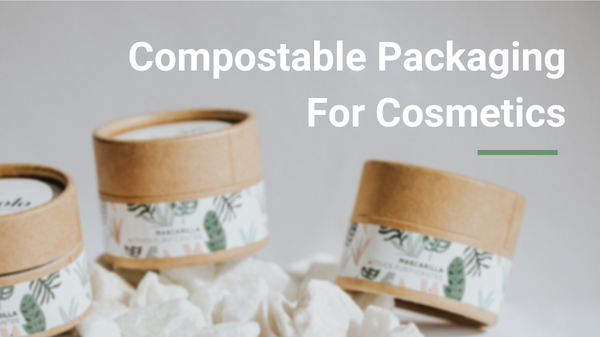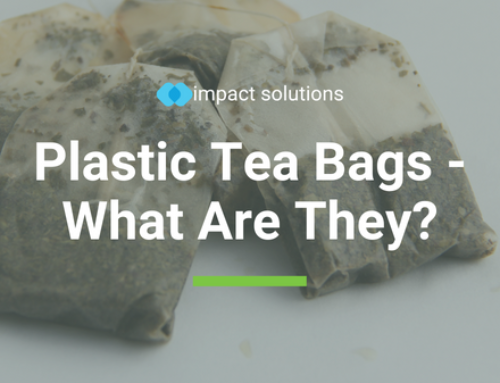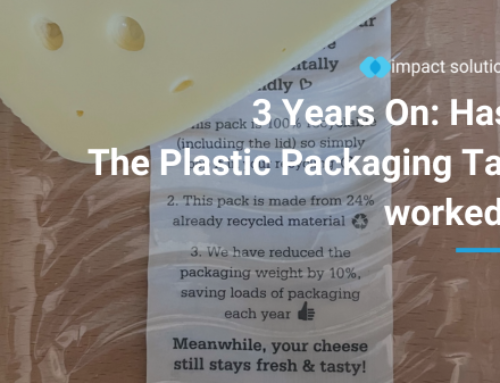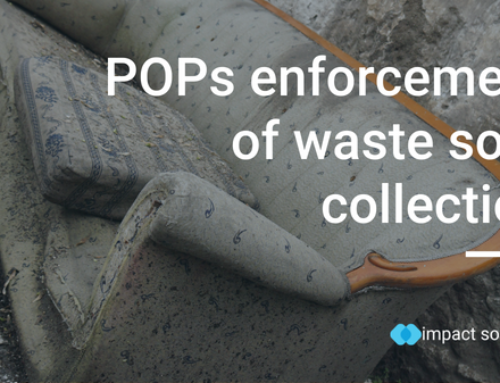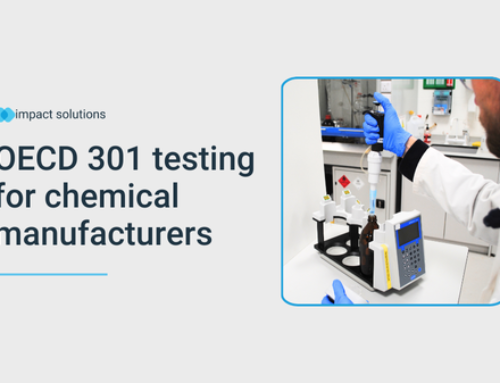What are compostable plastics?
Traditional plastics used for products such as cosmetics are made from petrochemical and fossil fuel derived feedstocks that can be harmful to our environment when not disposed of correctly. Opting for compostable plastics as an alternative can offer the product to have less of an environmental impact at both the “front-end” and “end-of-life” of the package.
Compostable plastics are often made from polylactic acid (PLA). PLA is produced from renewable materials like corn, potato, and tapioca starches, cellulose, soy protein, and lactic acid. Using PLA for packaging can use 52% less energy than the production of petroleum-based resins and similarly, manufacturing PLA resin produces 80% less greenhouse gases than traditional petroleum-based resin.
Compostable packaging is designed to break down into water, CO2, inorganic compounds, and biomass with a disintegration period of around 90 days before the product can no longer be visually distinguishable in compost – similarly to paper in the time it takes to break down. To be certified as compostable, the material must also leave minimal or no toxic residue behind (World Centric, 2019).
Using compostable packaging as an alternative for single-use packaging can offer more benefits than traditional plastics such as preserving qualities, durability, cost to transport, easy moulding properties and tested to be non-toxic.
So, why are cosmetic companies changing to compostable packaging?
The cosmetics industry has received much criticism over the years for a lack of product transparency. Consumer demand has forced companies to be more open about where their products come from, if they have animal derived ingredients or if they have used animals for product testing. This criticism has only continued as plastic pollution awareness has grown, with cosmetics packaging being a large culprit of single use plastic.
As packaging is the first impression your customers have of your brand and its products, it’s important to get it right. Moving towards more sustainable solutions allows your customer to have more control over their packaging waste and feel better about the products they purchase and use – the end goal for any cosmetic product. This also demonstrates that your brand is also considering the environment when producing products and is actively making more sustainable business decisions.
Designing compostable packaging to suit your customer
Cosmetic companies have turned to investigating alternative sustainable packaging options that consider how to dispose, refill or reuse the product. Choosing a new packaging design that is sustainable has to suit the intended target audience that buys the product as this can distinguish how the product is used and discarded.
Designing cosmetic packaging to be compostable could be appealing for a more consciously minded consumer or someone looking for a hint of luxury or something a bit different. PLA as a material can form soft smooth textures and visually striking patterns from the natural flex that occurs from using plant derived feedstock. PLA can be used to form packaging on its own as a material or can be combined to form a PLA composite that can often be seen as a cardboard imitation.
Choosing to use compostable packaging for your cosmetic products needs to also consider the target audience and their access to disposal facilities. The recycling process needs to be easy for the consumer, which can come with challenges when composting facilities are not widely available and relies on the consumer to dispose of it correctly.
The Solution
Using compostable packaging could increase your target audience by offering a product that can appeal to a wider demographic. Impact Solutions can offer ISO 14855 testing under BS EN 13432 to test your product to be biodegradable under home and industrial composting facility environments. This type of testing can enhance brand loyalty, increase customers’ confidence in your brand and product and ultimately save on waste. Speak to one of our technical team who can talk you through your products’ biodegradability requirements.

